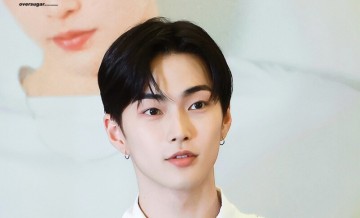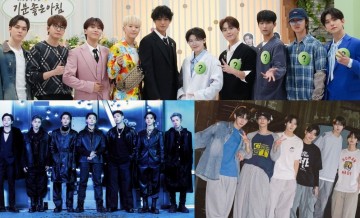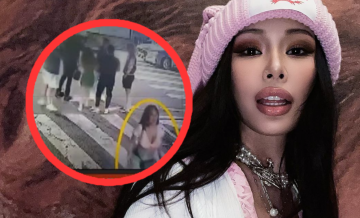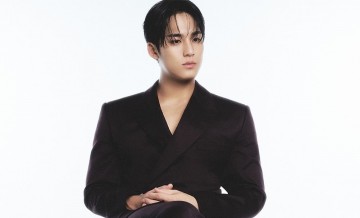Beyonce Flawless Business Woman: Harvard Does Case Study On 'Partition' Singer, Releases Findings To Billboard
It’s no secret that Beyonce has a killer business instinct, in addition to her talent as an artist and performer. Well it turns out even Harvard Business School took note when the superstar dropped her self-titled fifth album last year, completely unannounced. Professor Anita Elberse and former student Stacie Smith conducted an in-depth case study, examining how Bey pulled off the surprise album, and what made it such a mind blowing success. They two examined the star’s early career and standing in the music industry, and interviewed employees of her record label, Parkwood Entertainment. They compiled a 27-page report, and released some of the findings to Billboard.
A key point that the pair noted is how Beyonce goes about the day-to-day aspects of running the business. Parkwood’s general manager, Lee Anne Callahan-Longo notes that, “[Beyonce] doesn’t often sit in her office.” Instead, “She usually walks from one office to another, speaking with the staff. She’ll come into my office and talk to me, or she will sit back and give notes on projects we are working on.”
Callahan-Longo adds that, “She has got a really good sense of the business side, but she doesn’t like to live there always. We often laugh about how an hour into a business meeting she will get up and will start walking around.” She continues, “I can see it then – I’ve lost her… I’ll usually say something like ‘Let’s stop. You are going to say “Yes,” but you are not listening to me anymore’…Because at the end of the day she’s an artist, and her passion for art drives her.”
Elberse and Smith looked into the process of creating the music that went onto the album. The star created an incubator environment by renting a house in the Hamptons, where she had all her collaborators stay for a month while they wrote and recorded. Callahan-Longo explains, “Everyone would have dinner together every night and break off into different rooms and work on music. She would have five or six rooms going, each set up as a studio, and would go from room to room, and say things like ‘I think that song needs that person’s input.’” She notes that, “Normally you would not see songs have two or more producers, but it was really collaborative.”
Of course, a major challenge Parkwood faced was keeping the album a secret. Beyonce’s success hinged largely on the big reveal. Since this meant no talking to press, the team worked closely with Apple and Facebook to ensure that the launch generated the necessary buzz. Apple received the package in advance of the release, and turned the iTunes landing page into somewhat of a Beyonce shrine that night. Facebook helped spread the word once the album dropped. Callahan-Longo explains, “the biggest social-media platform will make sure every music fan will know about the album.”
Once the details of the unveiling were hammered out, the team just needed to finish the album itself. A key component of the release was the inclusion of the 17 video companions. The entire shooting and production process took place in just 12 weeks, ending in mid-November. The album had originally been intended for release on November 18, but ended up being pushed back to December 13.
The midnight release on a Friday was unusual – artists and labels usually want their albums to come out at the beginning of the week so Billboard has more data to track. But Paramount Chairman Rob Stringer says the Queen Bey was unconcerned. He explains that she questioned, “Why does the record need to come out on a Tuesday? We’re not putting it in stores, so do we care?”
















